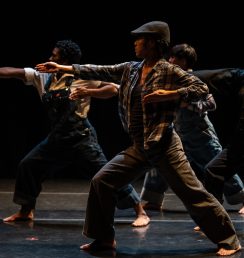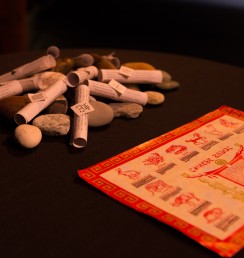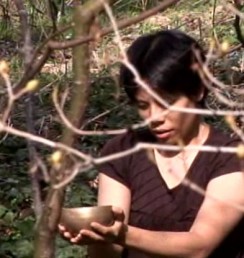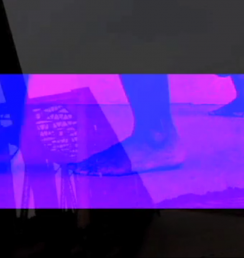Paper at World Dance Alliance Asia-Pacific Conference, Seoul (21-24 July 2016)
I will be presenting a paper entitled “Subaltern Historiography as Choreographic Tactic: Meena Murugesan’s we used to see this and Cynthia Ling Lee’s blood run” at the World Dance Alliance Asia-Pacific Conference at Seoul Cyber University in Seoul, Korea from July 21-24, 2016. In addition to presenting my paper, I am also moderating a panel and serving as adjudicator for the Emerging Choreographer and Emerging Scholar awards. I served as one of the symposium organizers along with Dr. Urmimala Sarkar and A.P. Rajaram.
Abstract: Subaltern theorists have critiqued linear, authoritative models of history as European modern constructs, proposing that we understand history as “a contested narrative,” where official texts and historical “facts” contend with human “dreams,” “oral histories and incomplete memories” (Chatterjea, 143). This paper asks how subaltern critiques of history may be used as a choreographic tactic that allows artists grapple with multiple entangled histories while making room for contradiction and ambiguity. I discuss how Meena Murugesan’s we used to see this and Cynthia Ling Lee’s blood run engage critically and imaginatively with the materials of the past and the histories of the artists’ diasporic bodies. These works utilize colonial documentation, oral tradition, and fragmented bodily memories to create transhistorical dialogues across geographical borders: reimagining the past, or one’s roots, across time and space to create what Olalquiaga calls “the postmodern hybrid, the recycling of a past cultural construct for a present tense” (Muñoz, 120).
In we used to see this, Meena Murugesan evokes critical histories of bharatanatyam from their perspective as a non-Brahmin Indian-Canadian, triangulating between spatial concepts of the proscenium stage, the colonial salon, and the temple. Their deconstruction of bharatanatyam vocabulary generates multiple meanings that unsettle bharatanatyam’s image as a nationalist symbol of chaste, heteronormative, Hindu femininity. In blood run, Taiwanese American Cynthia Ling Lee investigates her Taiwanese plains indigenous and Han heritages in relation to Qing Dynasty colonialism, asking painful questions about migration, racial mixing, assimilation, and forgetting: “How do the colonizer and colonized live inside the same body?”
References:
Chatterjea, Ananya. 2004. “Contestations: Constructing a Historical Narrative for Odissi.” Rethinking Dance History: A Reader, ed. A. Carter. Routledge. 143-156.
Muñoz, José Esteban. 1999. Disidentifications: Queers of Colors and the Performance of Politics. Minneapolis: University of Minnesota Press.



